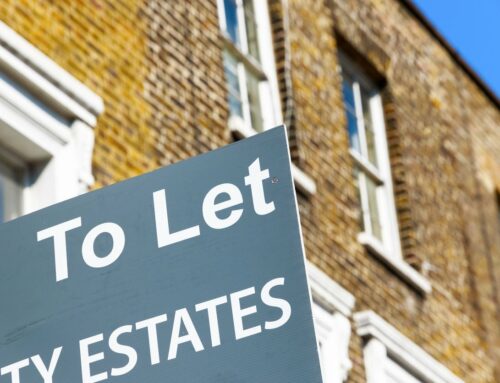Home » Uncategorised »
Scottish Private Rental Sector Continues Upward Trend, Reports Citylets
This article is an external press release originally published on the Landlord News website, which has now been migrated to the Just Landlords blog.
The Scottish private rental sector recorded an average increase of 2.2% in rent prices, to reach £789 per month, in the 12 months to the third quarter (Q3) of the year.
Continued demand for properties of all sizes in the Scottish private rental sector pushed rent prices higher, with four-bedroom homes recording the steepest annual increase, at an average of 5.5% (as per the previous two quarters of 2018), reports Citylets.
The average time to let a property averaged one month (31 days) in Q3, which is one day quicker than in Q3 2017. A significant 61% of properties in the Scottish private rental sector are let within a month, reports the lettings portal.
Gillian Semmler, the Communications Manager at Citylets, comments: “Strong demand for rented accommodation in Scotland continued in Q3 2018, most notably in the central belt, where both Edinburgh and Glasgow experienced rental growth in excess of recent quarters. The continued shift in demographic towards families renting appears evident in the uplift in rents achieved for larger properties.”
Edinburgh
Once again, rent prices in Edinburgh rose again during Q3 (by 5.6%), bringing the market to another all-time high of £1,107 per month on average.
All property sizes recorded strong annual growth, with four-bed homes rising the fastest over the year, at an average of 10.8%, in part likely to reflect the continued strong demand for family rental housing.

Scottish Private Rental Sector Continues Upward Trend, Reports Citylets
Of concern to tenants will be the uptick in the rate of growth for rents in Edinburgh back to the 5-6% range, after sitting between 3-4% for around a year prior to Q2 2018. It is the 36th consecutive quarterly recording of annual rent price growth for the Scottish capital.
The time to let remains very low in Edinburgh, with 76% of all properties let within one month.
Glasgow
For so long the bastion of rental stability in Scotland, with consistent and low annual growth, Glasgow recorded an unexpected and sharp rise in rents, of an average of 4.9% in the year to Q3. A typical rental property in Glasgow now lets for £785 per month, in just 24 days.
Citylets notes that it is unclear why all markets saw high annual growth over and above what would usually be expected in the traditionally busiest period of the year. Consequently, the gap between Scotland’s largest and the granite cities has opened up, with a material gap now emerging between them.
Citylets is interested in viewing the figures for the end of Q4, to determine whether a new city dynamic has emerged.
Aberdeen
Aberdeen landlords can remain cautiously optimistic that their market may soon level off completely, and, as the price of oil has been on an upward trend for almost three full years, may well start to return to positive growth.
Rent price growth stood at an average of -3.6% in Q3, with one-bed homes recording -2.7% growth for the second consecutive quarter.
The average time to let has come down by four days, to an average of 45 days. 42% of rental properties in Aberdeen let within a month, which is up from 37% in Q3 2017.
Dundee/West Lothian/South Lanarkshire/Renfrewshire
Dundee also experienced a rise in the annual growth rate for rent prices, at an average of 3.4%, taking typical rents to £604 per month. Strong demand for large family and student properties led increases, at 11.0% and 7.9% respectively.
Nearly half (48%) of properties in Dundee let within one month, which is up significantly on recent quarters.
The West Lothian lettings market has again recorded strong annual growth of 4.8%, to hit £697 a month, with a substantial decline in time to let of nine days.
Growth in South Lanarkshire continued for the fourth consecutive quarter, albeit easing to 1.9% from 3.8% in Q2.
Adrian Sangster, of estate agent Aberdein Considine, comments on the state of the Scottish private rental sector: “In the north of Scotland, we are continuing to experience a market where stock is not an issue, whilst, in the south, there is insufficient availability of properties to meet tenant demand. This is resulting in the almost evitable increase of rent values in the south, compared to the continued reduction in the north, albeit at a much slower pace.
“Whilst there are some encouraging sounds from the oil industry, with several new projects being announced, I do not anticipate it making too much of an impact in the north in the short to medium-term. However, whilst the country’s legislators seem hell bent on discouraging landlords to remain in the sector, I can only see the rental trends in the south continuing unabated.”




